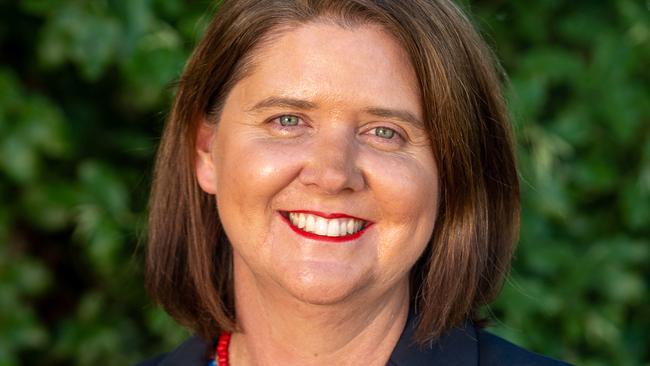‘Sleeping giant’: The role of young Australians in the regions
The future of regional Australia depends on more young people swapping the city for country living. Find out why.
The ongoing success of regional Australia could hinge on young people flocking to the country for a slice of serenity.
It comes as population growth in the regions is marked as both a blessing and a curse for rural communities, unless policy makers invest emotionally and financially in their future.
New data published by the Regional Australia Institute reported “unprecedented” population growth in the regions in the past three years, with one in five metropolitan Australians wanting to make the move to regional Australia.
The survey of more than 1000 city dwellers put the top three reasons for citizens wanting to leave the city as the cost of living, avoiding traffic, and minimising stress.
Regional Australia Institute chief executive Liz Ritchie said regional migration was “a sleeping giant”, and something policy makers need to get ahead of.
“There has been a huge influx to the regions, but adding to that, people are bringing their jobs, which we are delighted about, but also it’s creating more employment issues,” Ms Ritchie said.
Young Australians between 18-29 years were the most optimistic about job opportunities in regional Australia, RAI data showed.

An RAI’s Regional Jobs 2022 report, published earlier this year, showed job vacancies in regional Australia in 2022 grew at three times the rate of metropolitan areas, while regional vacancies increased 10 per cent year-on-year, compared to 3 per cent in metro areas.
The report also showed the percentage of skilled workers in the regions has lifted in the past 20 years, from 67 per cent in 2001 to 73 per cent in 2022.
“Whenever someone moves, additional service responses are needed in the community: we need more teachers, more healthcare, barristers, cleaners … which is why we’ve seen this balloon,” Ms Ritchie said.
The proportion of young people flocking to remote and rural Australia was also a focus for the institute in the future, Ms Ritchie said.
“Younger people, between 15 to 39 years of age living regionally, our target is set at 35 per cent of the population but in Victoria it’s sitting at 29 per cent, compared to Melbourne at 38 per cent,” Ms Ritchie said.
“We need more young people in regional Victoria, and we need to up that number. Our research is showing younger people have a greater propensity to want to move, as the cost of living is biting hard.”
Regional Victoria has recorded increased school attainment for young people, Ms Ritchie said.
“Across regional Victoria, we’re seeing quite a strong representation there at about 80 per cent, whereas nationally that figure is 65 per cent,” Ms Ritchie said.





